by Al Hemingway
As the epicenter of the Civil War, Fort Sumter naturally attracted much photographic attention. The first photographer to visit the fort after the 1861 bombardment and surrender was F.K. Houston, whose studios were located at 307 King Street in Charleston. He took the shot of the elated southerners at Sumter’s main sally-port the day after the battle. Houston was followed by fellow photographers James M. Osborn and F.E. Durbee, who ran Osborn & Durbee’s Photographic Mart, just down the street from Houston’s establishment, at 223 King Street. They took the photo of Confederate dignitaries looking at a captured Columbiad, dignitaries whom are thought to have included future Confederate general Wade Hampton and South Carolina governor Francis Pickens. (Wade Hampton would also be elected governor of the state following the Civil War.)
Several unknown photographers visited Sumter during the subsequent four years. The last known visitor was northern photographer Samuel A. Cooley in 1865, who may have taken the photo of the ruins with the flagpole. By that time, Fort Sumter had been reduced to rubble—much like the South’s hopes of independence—and an ailing but vindicated Major Robert Anderson had returned to hoist again the shot-torn American flag that had flown over the fort at the very beginning of the war.
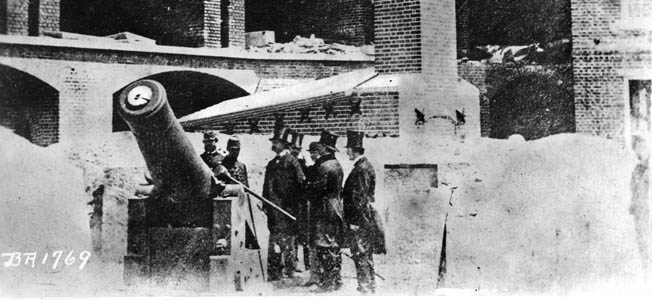
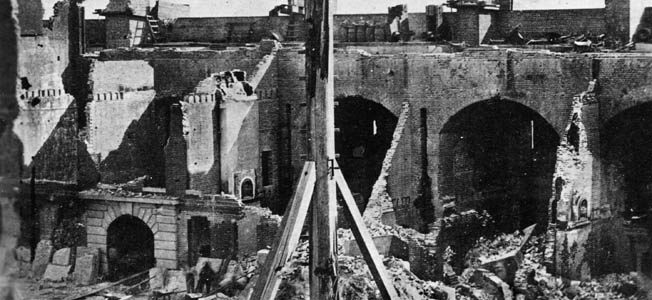
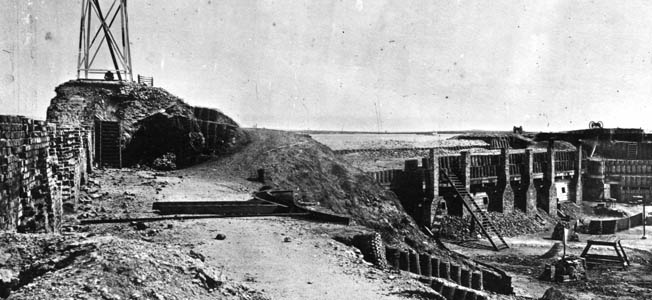
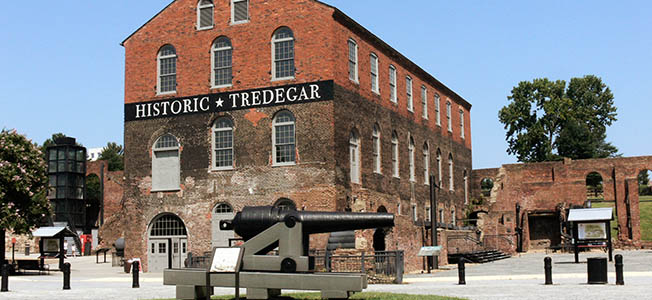
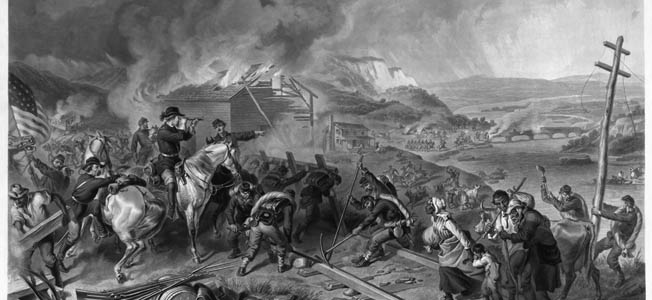
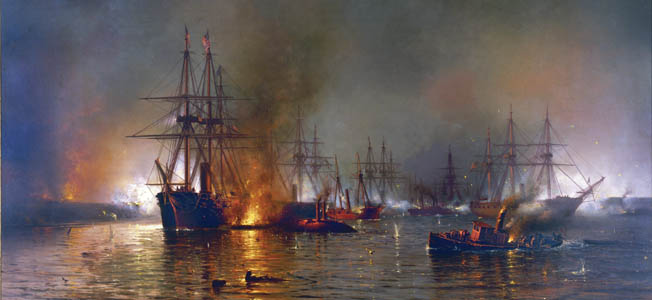
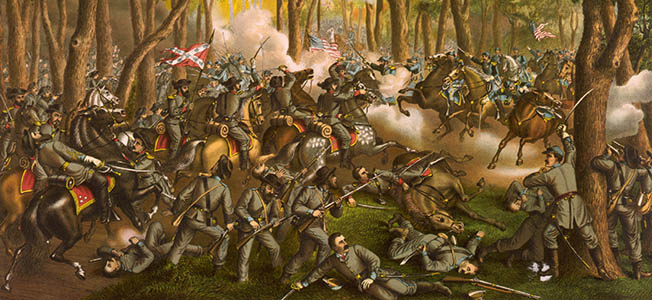
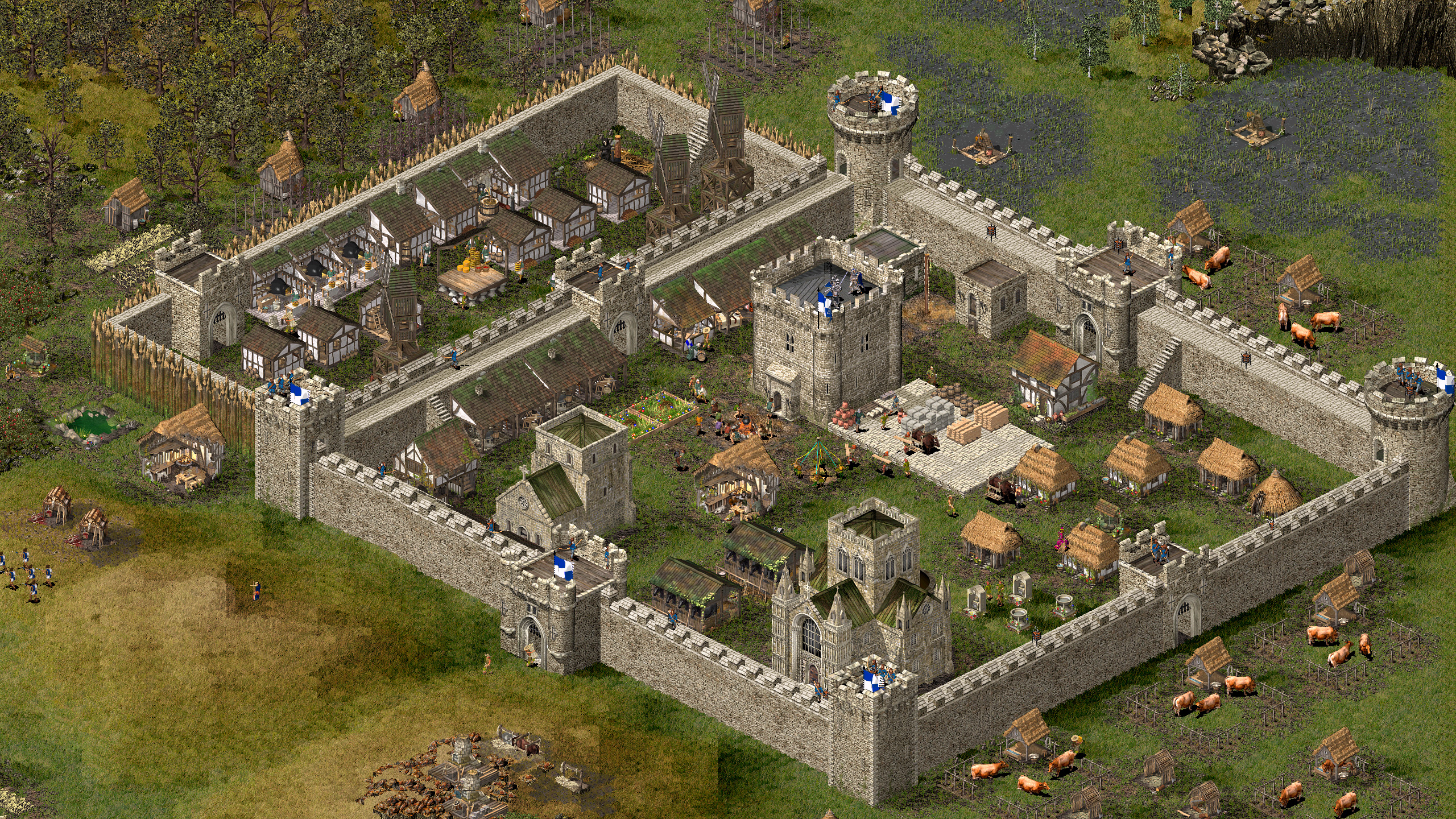
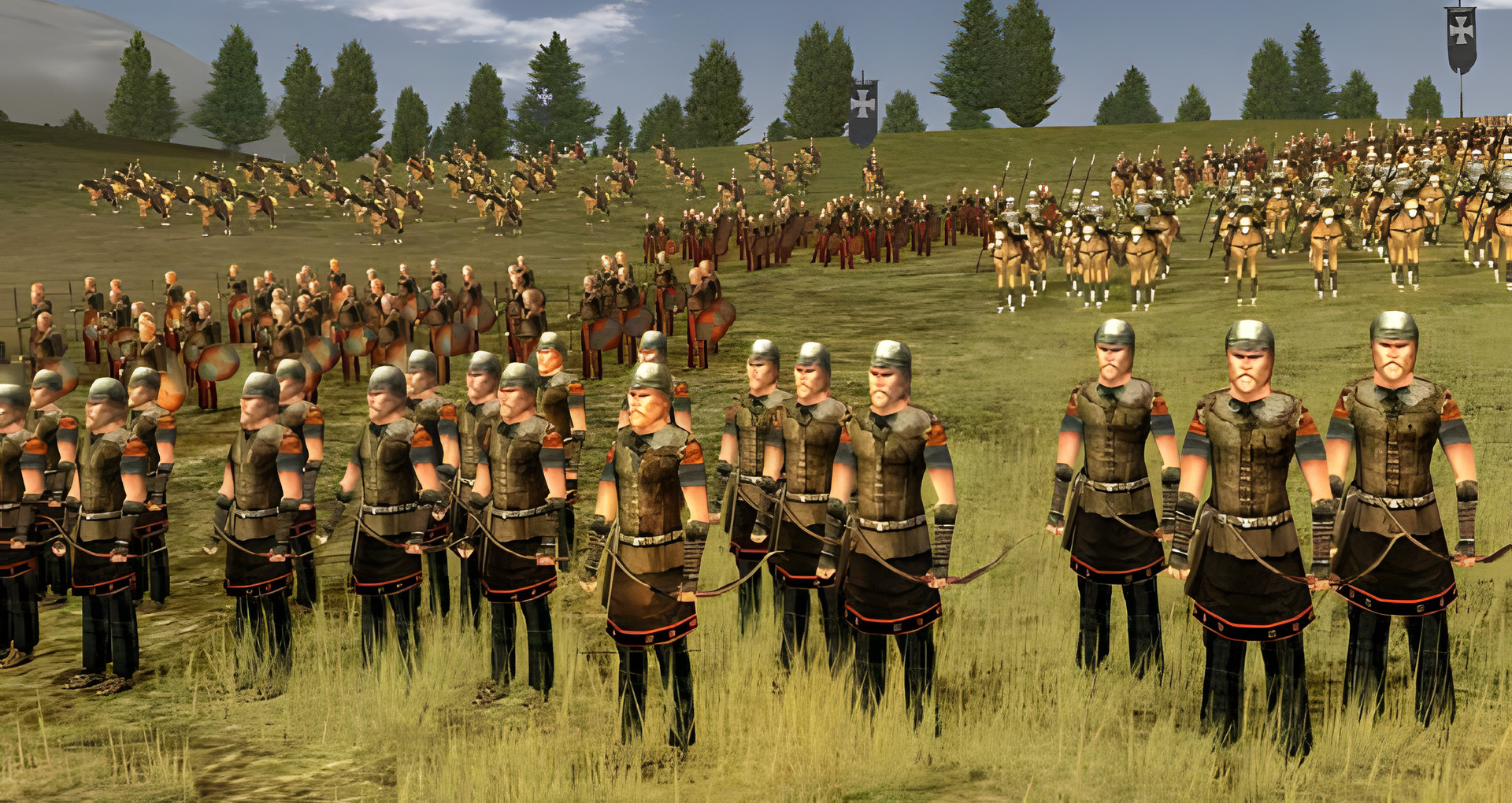
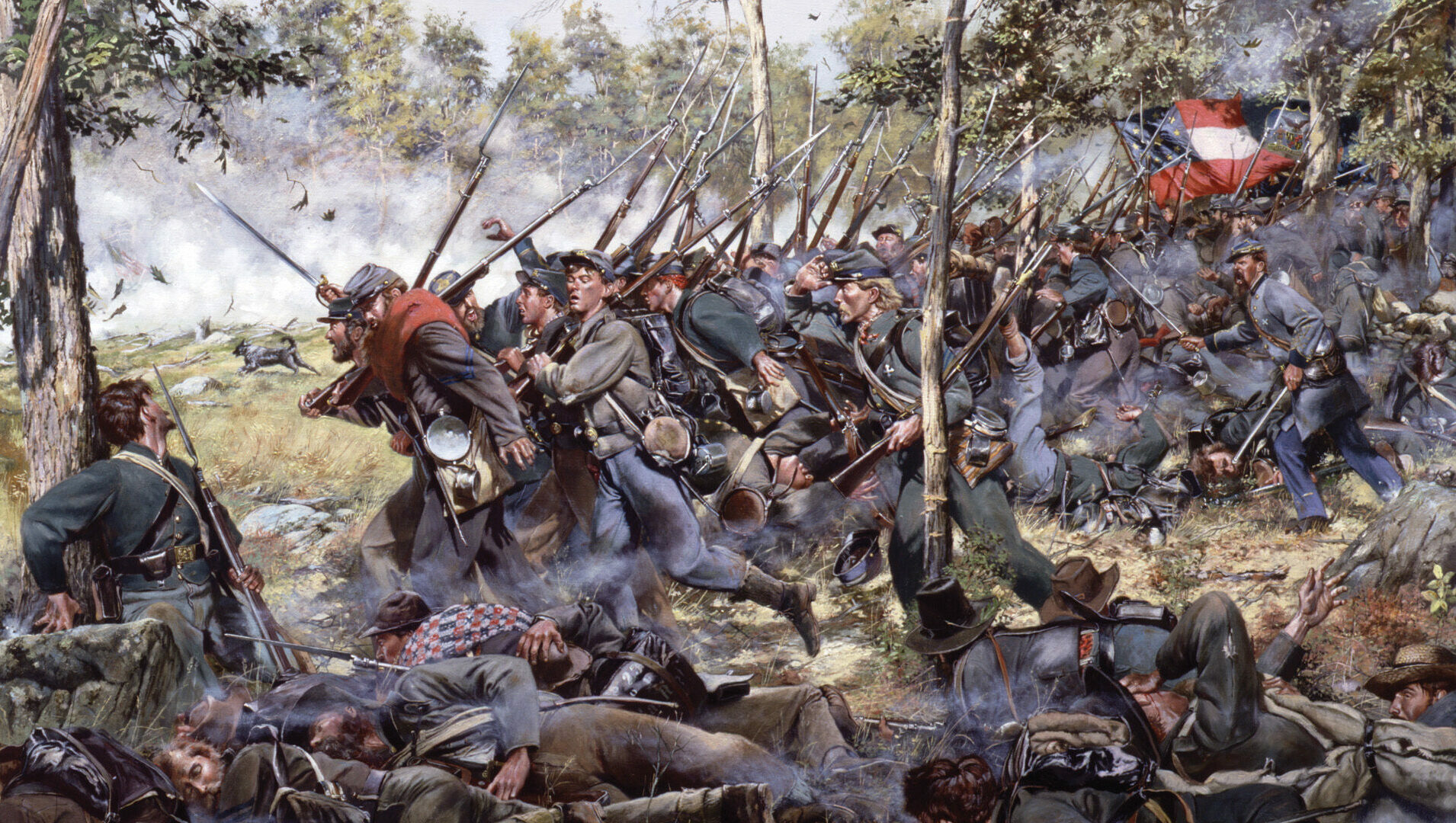
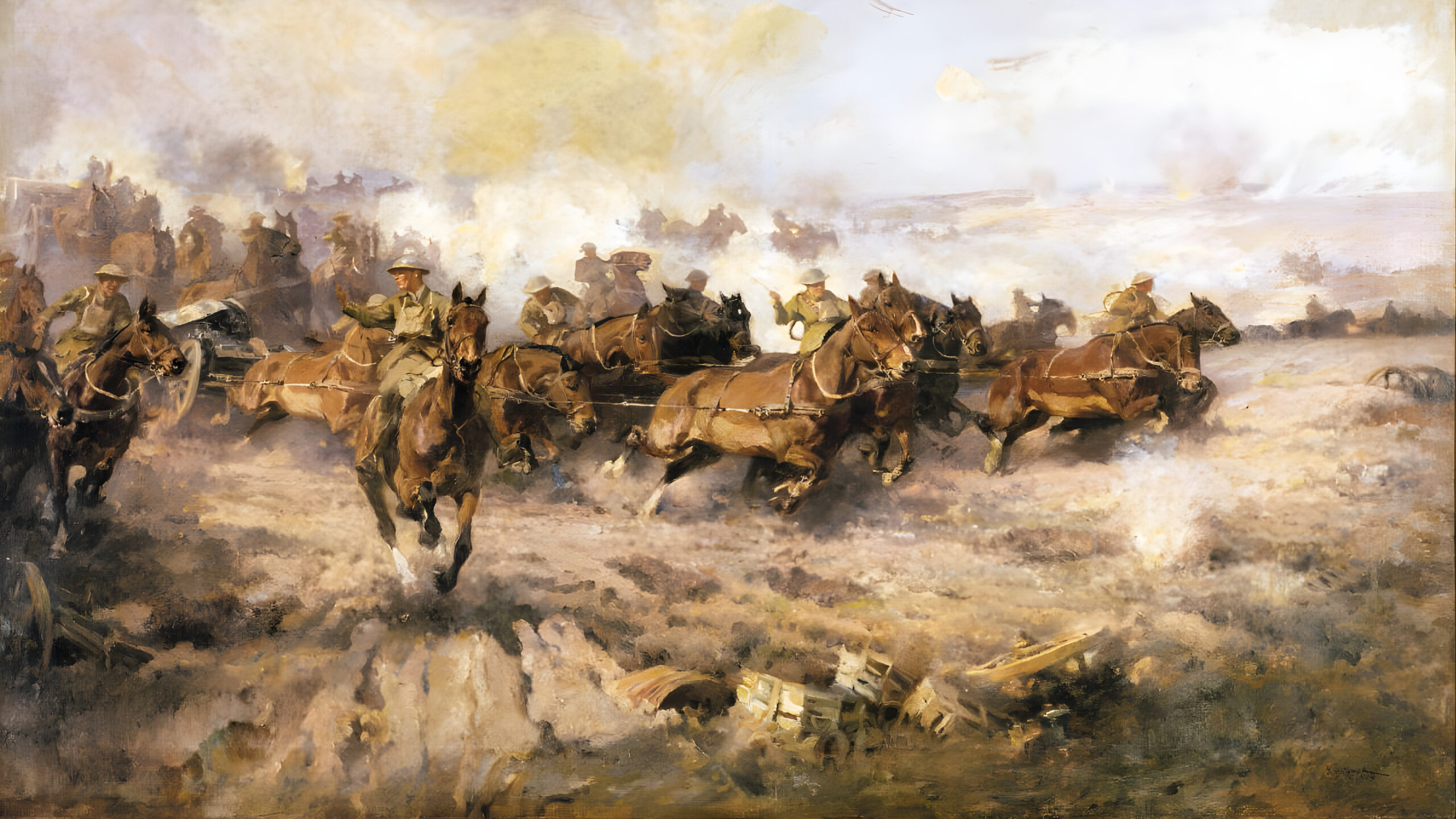
Join The Conversation
Comments
View All Comments